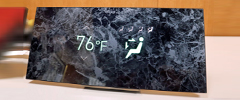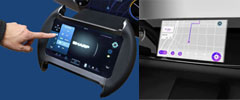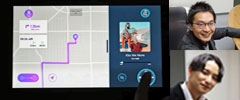What Does SHARP Envision for the Driver’s Seat of Next-Generation Vehicles? – A Next-Generation Automotive Cockpit Solution, enabling a Spacious and Relaxing Environment (1/2)
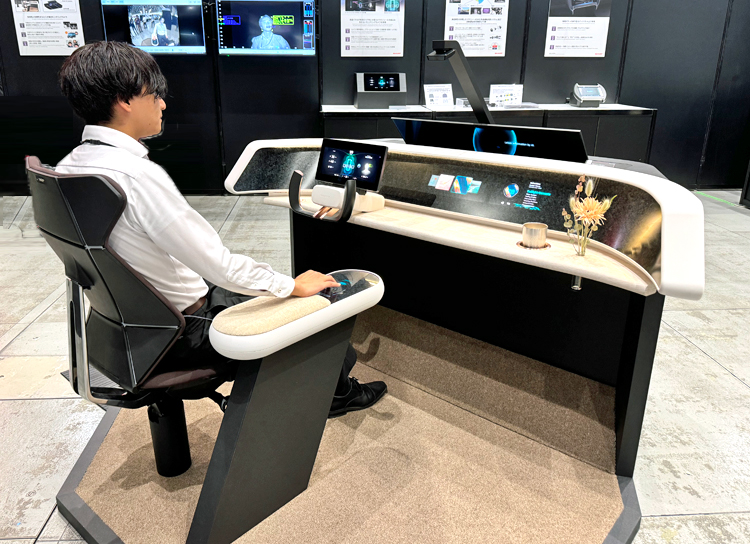
I love driving and often go out to tourist spots and events. While I enjoy the drive when I’m full of energy, the ride home is always tiring because my car is a sports car with limited cabin space. I’ve always wished there were a more relaxing way to get home.
With autonomous driving technologies advancing, the burden of driving home may decrease in the future. But what will the driver’s seat of tomorrow’s car look like?
In September 2024, SHARP hosted its large-scale technology exhibition “SHARP Tech-Day’24 Innovation Showcase” to offer hands-on experiences of SHARP’s “Next Innovation,” built on our proprietary technologies. There, we presented the “Next-Generation Automotive Cockpit Solution (Concept Model),” based on SHARP’s strengths in displays and related technologies, proposing a vision for the future front seats of cars (for both driver and passenger).
At the same event, we also showcased SHARP’s EV concept model “LDK+” which features an expanded rear seat area, emphasizing comfort and spaciousness. Both of SHARP’s future automotive proposals received significant attention.
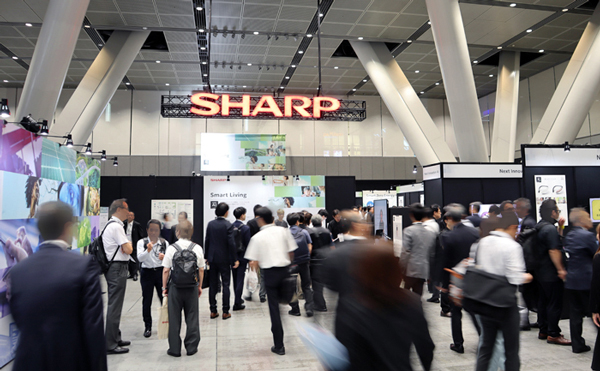
Previously in this blog, we introduced the “Click Display,” a car display that provides tactile feedback as if it has physical buttons. The new “Next-Generation Automotive Cockpit Solution” also incorporates the “Panorama Head Up Display,” which projects information into the driver’s field of vision, and the “Texture Display,” which blends into the interior design.
This two-part blog series introduces the “Next-Generation Automotive Cockpit Solution” and the display being used in it. In this first part, we interviewed Ueno in charge of the product planning and Kimura in charge of the design about the background, features, and inspiration behind the development.
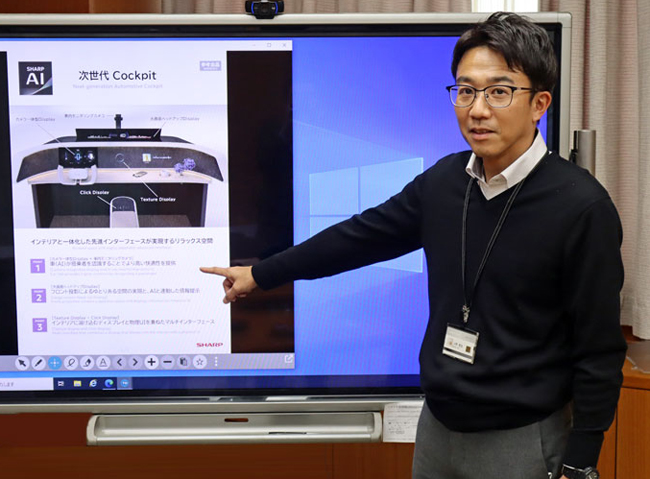

― What inspired the development of the “Next-Generation Automotive Cockpit Solution”?

(Ueno)Modern vehicles use many displays such as dashboards*1 with speedometers and driving info, and center consoles*2 with panels for air conditioning, audio, and navigation. SHARP already had advanced display technologies for automotive use and had been pitching them individually to car makers. While each received positive feedback, it was difficult for manufacturers to envision how these could be integrated into future vehicle interiors. That’s why we decided to combine these technologies and propose a cohesive front-seat solution to spark imagination.
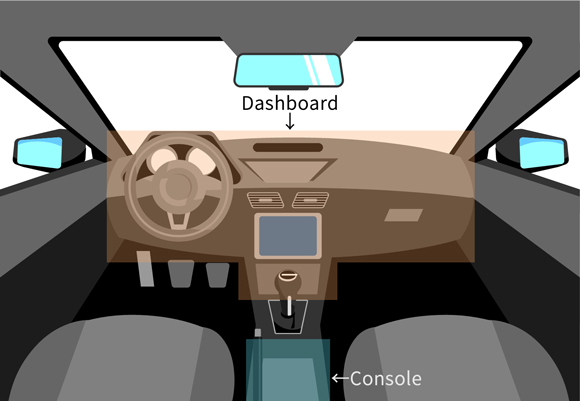
*1 The “dashboard” refers to the area below the windshield. The entire panel in front of the driver’s and passenger’s seats, including instruments and controls, is called the “instrument panel” (often abbreviated as “IP”). The terms “dashboard” and “instrument panel” are synonymous.
*2 This refers to the space between the driver’s and front passenger’s seats where switches, the gear shift lever, and other controls are installed.
― How far into the future did you envision? What’s the concept?

(Ueno)Many automakers are developing autonomous driving. We focused on a 3- to 5-year horizon, with semi-autonomous driving. Our solution supports the driver while also creating a relaxing space during autonomous operation.

(Kimura)As automation progresses, drivers will have less need to concentrate and more freedom to relax. So, we aimed to create a space in the front seats that feels like a living room. Our concept was “a relaxing space enabled by an advanced interface integrated into the interior.”
― Please introduce the overview of the “Next-Generation Automotive Cockpit Solution.”

(Ueno)The “Next-Generation Automotive Cockpit Solution” is a concept we developed by envisioning a scenario where SHARP’s unique display technologies are integrated with AI. Specifically, it consists of three displays that provide a wide range of information. These include driving data such as speed and fuel efficiency, navigation, air conditioning and audio controls, as well as AI-driven content like nearby restaurants or parking information at the destination.
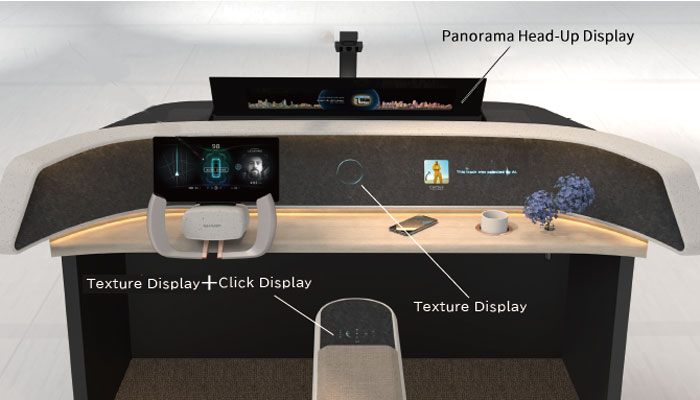
① Panorama Head-Up Display
The Panorama Head-Up Display projects information and visuals onto the lower part of the windshield, directly within the driver’s line of sight. This minimizes the need for the driver to shift their gaze, thereby enhancing safety. In addition to displaying conventional dashboard meters on the large head-up display, the system is designed to make the visuals appear behind the windshield. This allows the dashboard to be moved significantly further forward, creating a spacious, open interior without the feeling of oppression.
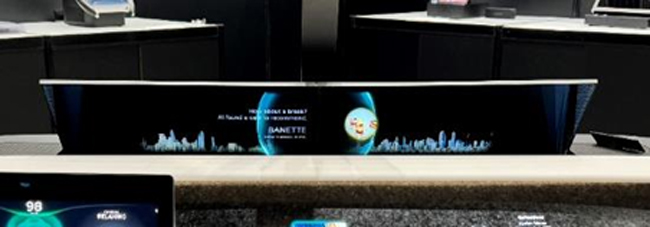
② Texture Display
Texture display is an integrally designed display to fit seamlessly into the car’s interior. It remains hidden and activates only when AI determines it’s needed, displaying information and visuals. Used on the dashboard and center console, it contributes to a stylish and relaxing atmosphere, enabling occupants to relax as if they were in a living room.
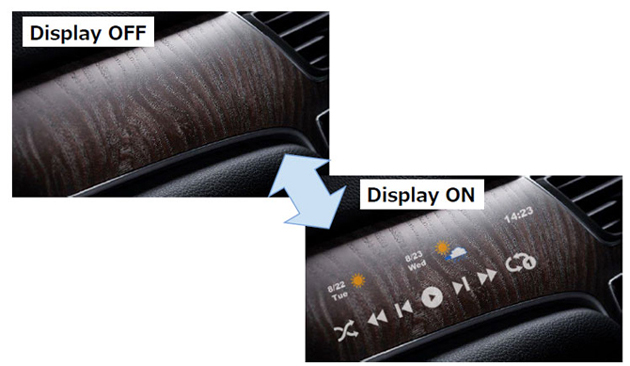
Among these, the Texture Display installed on the center console is an advanced display system that combines with the “Click Display” for a state-of-the-art user experience.
③ Click Display
The Click Display distinguishes between “touch” and “press” actions and utilizes haptic technology to provide a tactile click sensation, simulating the feel of physical buttons. This enables intuitive, blind-touch operation, contributing to safer driving. It is used in the previously mentioned center console “Texture Display”.
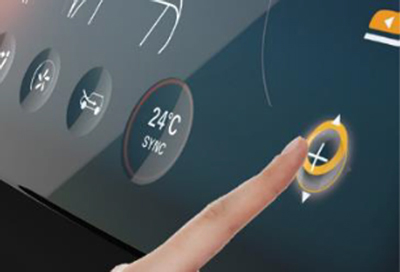

(Kimura)The control system is consolidated into the center console, as achieving a relaxing cabin space can make it difficult to reach and operate displays on the dashboard. With this setup, all devices and functions can be operated via the console displays—namely, the combination of the Texture Display and Click Display.
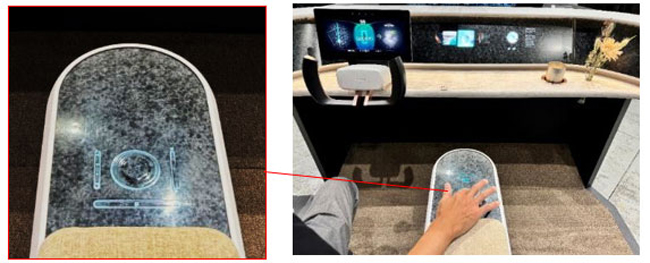
― It’s certainly a refined and sophisticated space. Could you tell us about your design concepts and the challenges you faced, including the user interface (UI)?

(Kimura)When we envisioned how the system would be used during autonomous driving, we imagined Texture Display—normally hidden to match the vehicle’s interior—being activated by AI to provide useful information. For example, it could display how far you are from your destination, what’s nearby, estimated arrival time, and the temperature at the destination. The AI could suggest content or pose questions to the driver and front passenger. That’s the concept we had in mind when developing this display.
In terms of physical design, with the Panorama Head-Up Display, we had to go through extensive trial and error to determine the optimal positioning—height, angle, and overall dimensions.
For Click Display, we were especially focused on how to effectively convey the feeling of physical interaction and responsiveness. We also put a lot of thought into what types of content would best suit a future environment closer to fully autonomous driving.
― Lastly, could you share your impressions of exhibiting at “Tech-Day” and your thoughts for the future?

(Kimura)I’m confident we succeeded in expressing a compelling vision for autonomous driving. As a consumer electronics company, Sharp has a unique perspective, and I believe we were able to propose a truly relaxing cabin experience. Ideally, we’d like to see this go beyond the exhibition and be adopted in real vehicle cockpits.

(Ueno)Exhibiting at Tech-Day provided us the opportunity to hear a wide range of feedback, which was extremely valuable. Moving forward, we hope to incorporate those insights into our display business and continue development toward the commercialization of these technologies, which are still in progress.
<To be continued in the next issue>
In this article, we introduced an overview of Next-Generation Automotive Cockpit Solution. In the next installment, we’ll take a closer look at the unique concept behind Texture Display, and explore each display in greater detail. Stay tuned!
(Public Relations H)
<Related Sites>
■Press Release :Sharp to hold Sharp Tech-Day ’24 Innovation Showcase
■SHARP Blog
Related articles
-
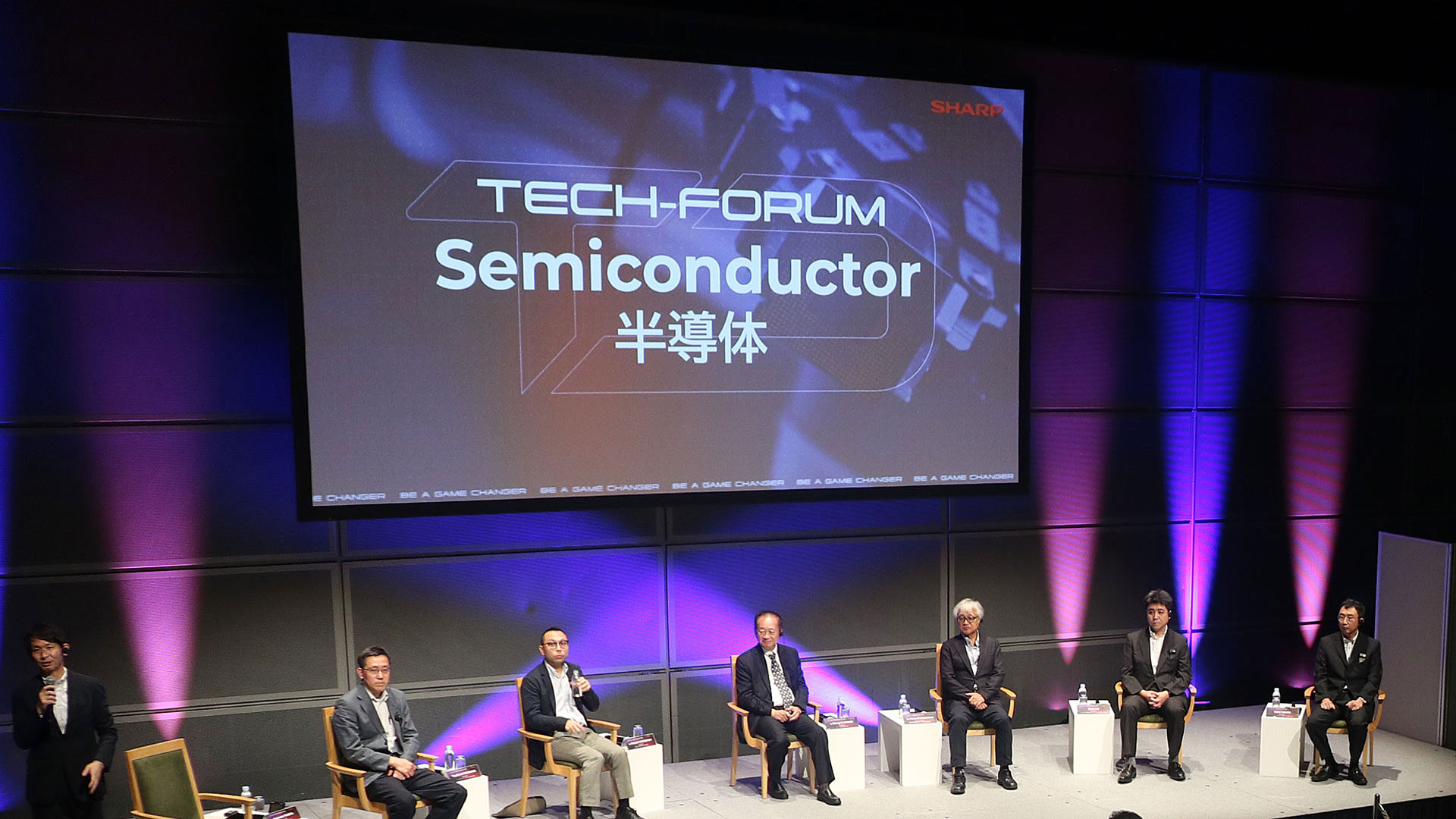 “SHARP Tech-Forum” held with the theme of Semiconductors – a preliminary event of “SHARP Tech Day”
August 9, 2023
“SHARP Tech-Forum” held with the theme of Semiconductors – a preliminary event of “SHARP Tech Day”
August 9, 2023
-
 Sharp at CEATEC 2023! – Unique products such as Haneyasume and Click Display on Exhibit
October 19, 2023
Sharp at CEATEC 2023! – Unique products such as Haneyasume and Click Display on Exhibit
October 19, 2023
-
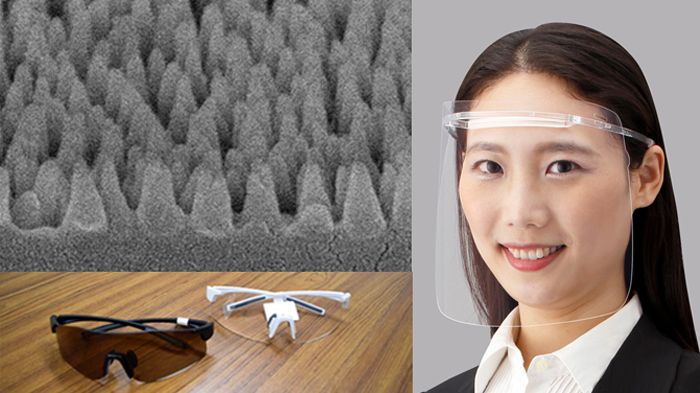 Sharp’s Moth-eye technology is a unique and advanced technology that is more than just low reflection
August 20, 2024
Sharp’s Moth-eye technology is a unique and advanced technology that is more than just low reflection
August 20, 2024
-
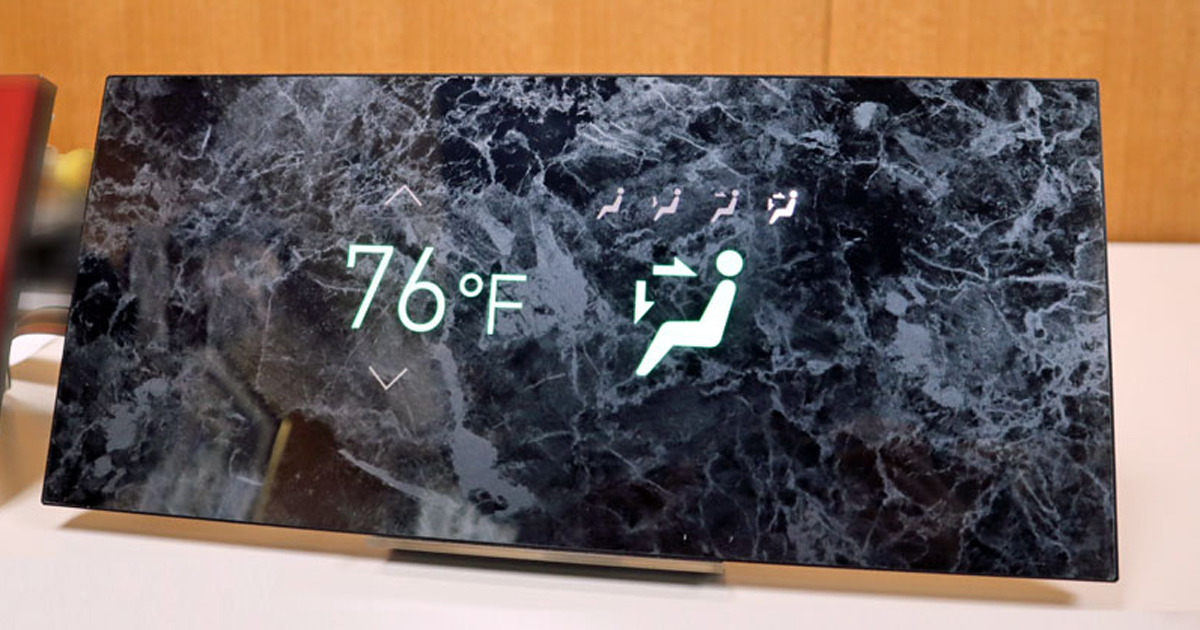 What Is Texture Display That Blends Seamlessly into Interior Design? – Part 2 of Our Introduction to the Next-Generation Automotive Cockpit Solution
May 16, 2025
What Is Texture Display That Blends Seamlessly into Interior Design? – Part 2 of Our Introduction to the Next-Generation Automotive Cockpit Solution
May 16, 2025
-
 Improves operability with “Click Display” near-future device ②
April 19, 2023
Improves operability with “Click Display” near-future device ②
April 19, 2023
-
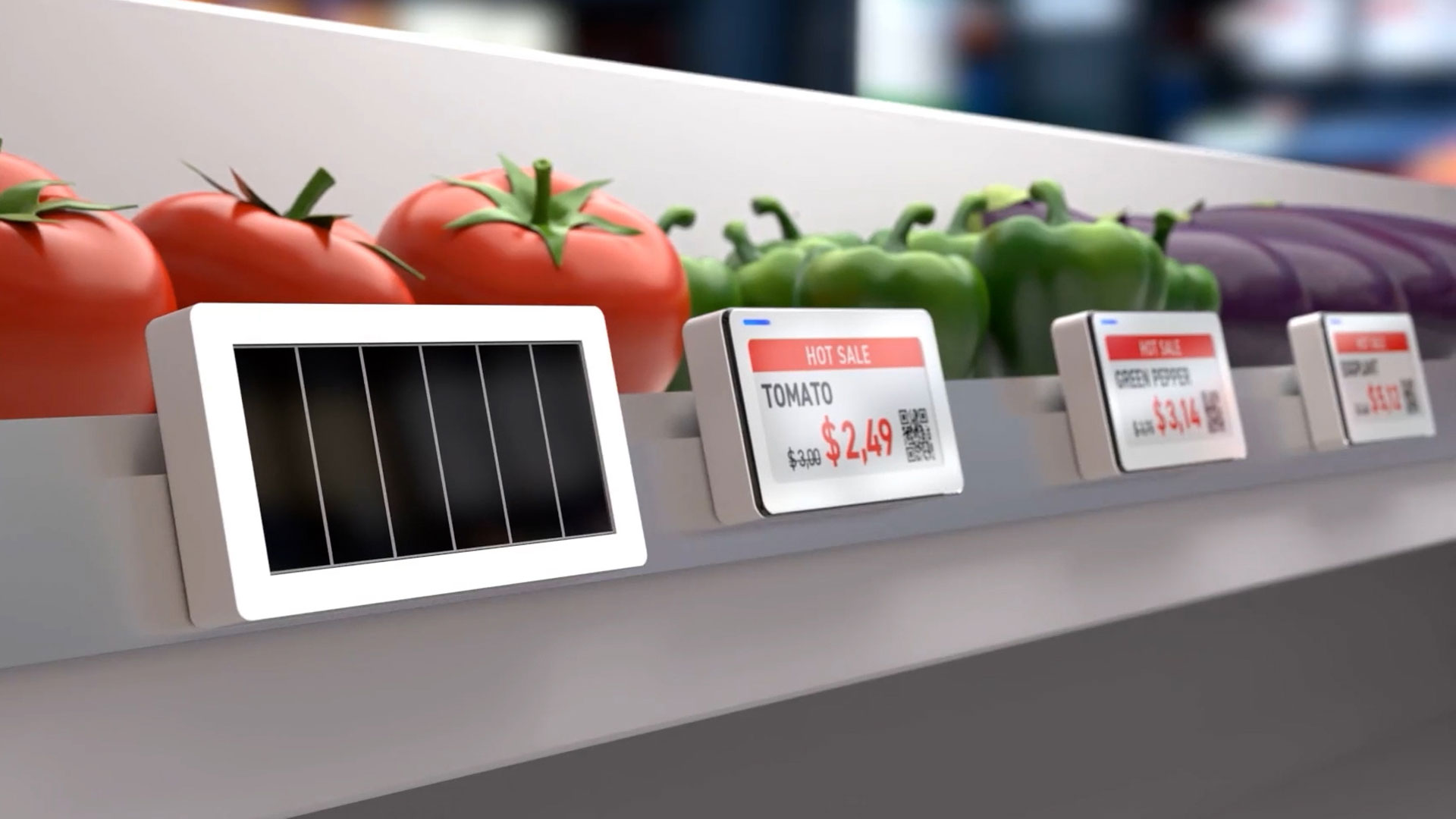 Solar panels mass-produced at an LCD display factory?
Solar panels mass-produced at an LCD display factory?
– Introducing the high-efficiency, low-cost Indoor Photovoltaic Device LC-LH Contributing to achieving SDGs – January 12, 2023 -
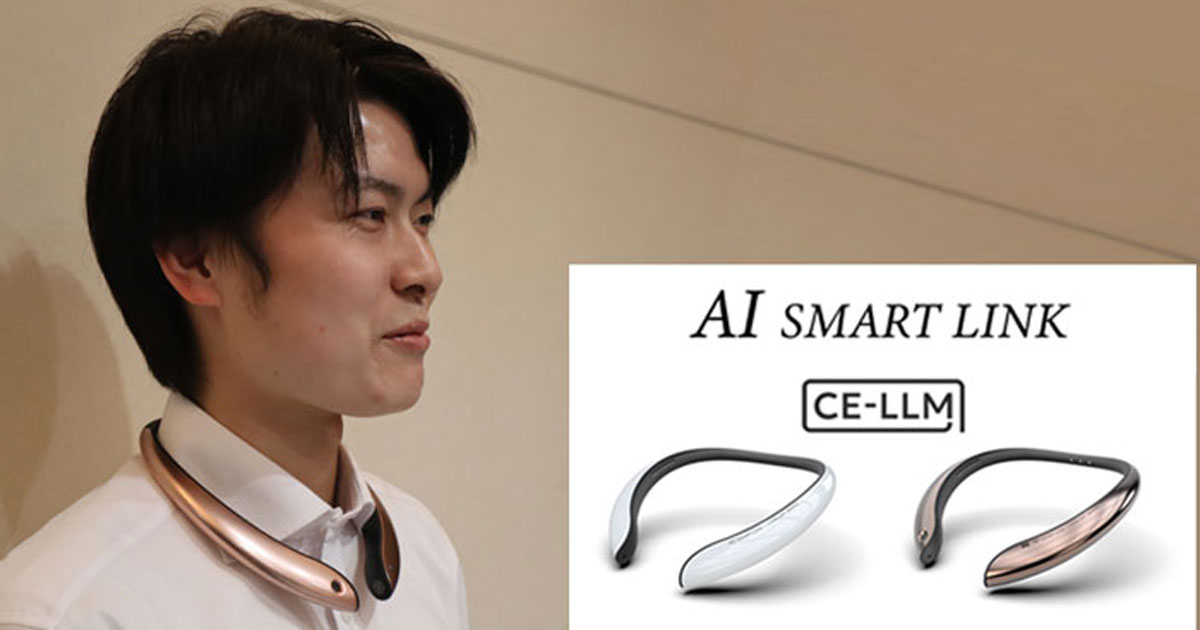 Sharp Develops People-Oriented Wearable Device AI SMART LINK – A Hands-Free Device Enabling Various Communication –
November 29, 2024
Sharp Develops People-Oriented Wearable Device AI SMART LINK – A Hands-Free Device Enabling Various Communication –
November 29, 2024
-
 Inspired by Display Structure? AI Olfactory Sensor Development ②
February 6, 2024
Inspired by Display Structure? AI Olfactory Sensor Development ②
February 6, 2024
-
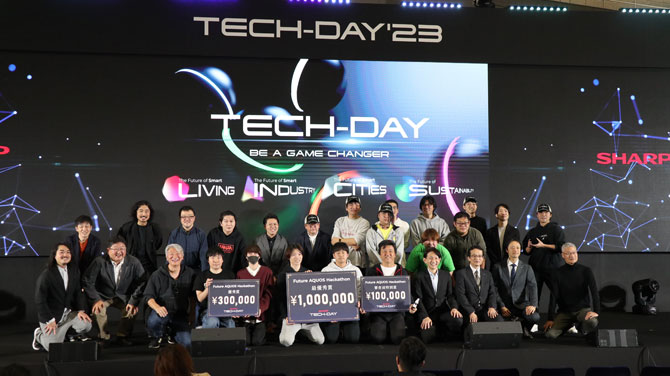 “TV in the near Future” Revealed at Hackathon Hosted by SHARP
November 21, 2023
“TV in the near Future” Revealed at Hackathon Hosted by SHARP
November 21, 2023
-
 SHARP Tech-Day is on! Experience the near future with Sharp’s latest technologies
November 10, 2023
SHARP Tech-Day is on! Experience the near future with Sharp’s latest technologies
November 10, 2023
